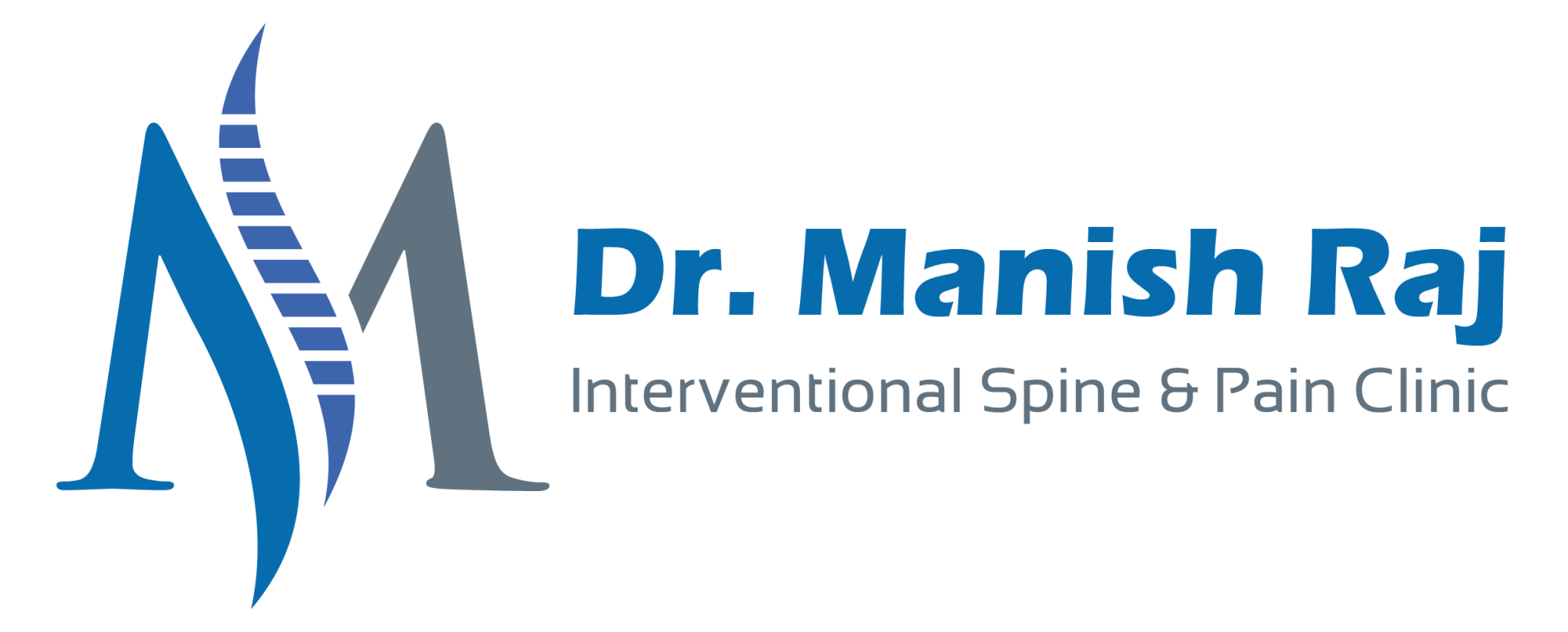Sports Injury Pain Treatment
Welcome to our Interventional Pain Clinic, where we specialize in advanced interventional treatment methods for sports injury pain. Our clinic stands out with a unique commitment to precision and innovation in pain management for athletes and active individuals. Leveraging cutting-edge techniques, we tailor individualized treatment plans to directly address the root causes of pain resulting from sports injuries. Unlike conventional methods, our approach emphasizes state-of-the-art, minimally invasive procedures to ensure not only rapid recovery but also sustained relief. At our clinic, we prioritize the overall well-being of our patients, offering an unparalleled experience in advanced interventional pain treatment for sports-related injuries. Choose us for a transformative approach where expertise and innovation converge to set new standards in pain management for active individuals.
Book An Appointment
Fill out the form below or call us at +971 50 480 4987 or email us at [email protected] to book an appointment with us.

Sports Injury Pain Treatment
Sports injuries are injuries that occur when engaging in sports or exercise. Sports injuries can occur due to over training, lack of conditioning, and improper form or technique. Failing to warm up increases the risk of sports injuries. Bruises, strains, sprains, tears, and broken bones can result from sports injuries. Soft tissues like muscles, ligaments, tendons, fascia, and bursae may be affected.
Some common sports injuries are :
- Ankle sprain.
- Groin pull.
- Hamstring strain.
- Shin splints.
- Knee injury: ACL tear.
- Knee injury: Patellofemoral syndrome — injury resulting from the repetitive movement of your kneecap against your thigh bone.
- Tennis elbow (epicondylitis)
Consult Spinomax Pain & spine Center to find out best sport injuries treatment for you.

Dr. Manish Raj
MD, DA(Gold Medal), FENDS, FIAPM, FISP, FPM
MEET YOUR DOCTOR
Read Our Patient Opinion
OUR AFFILIATIONS







